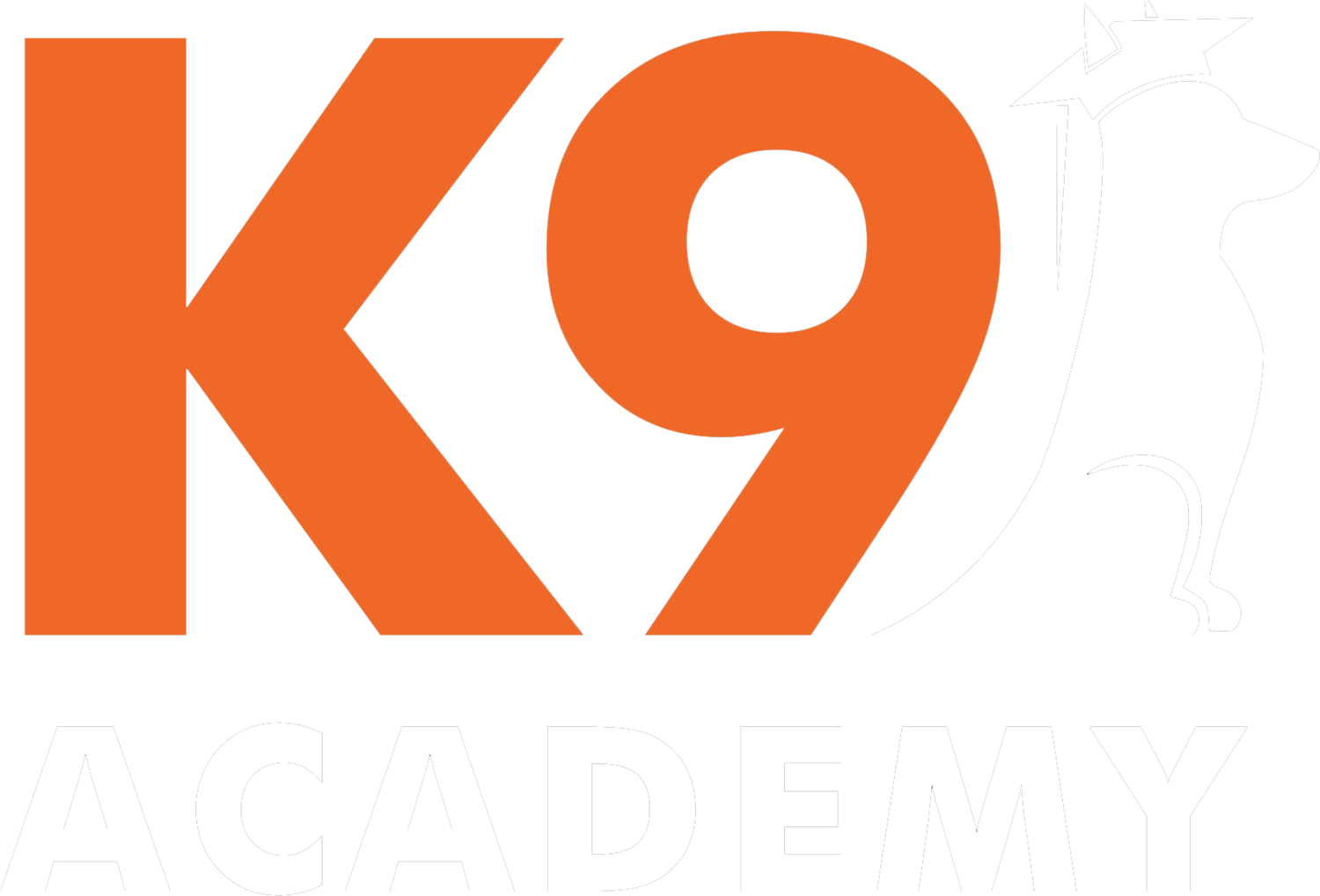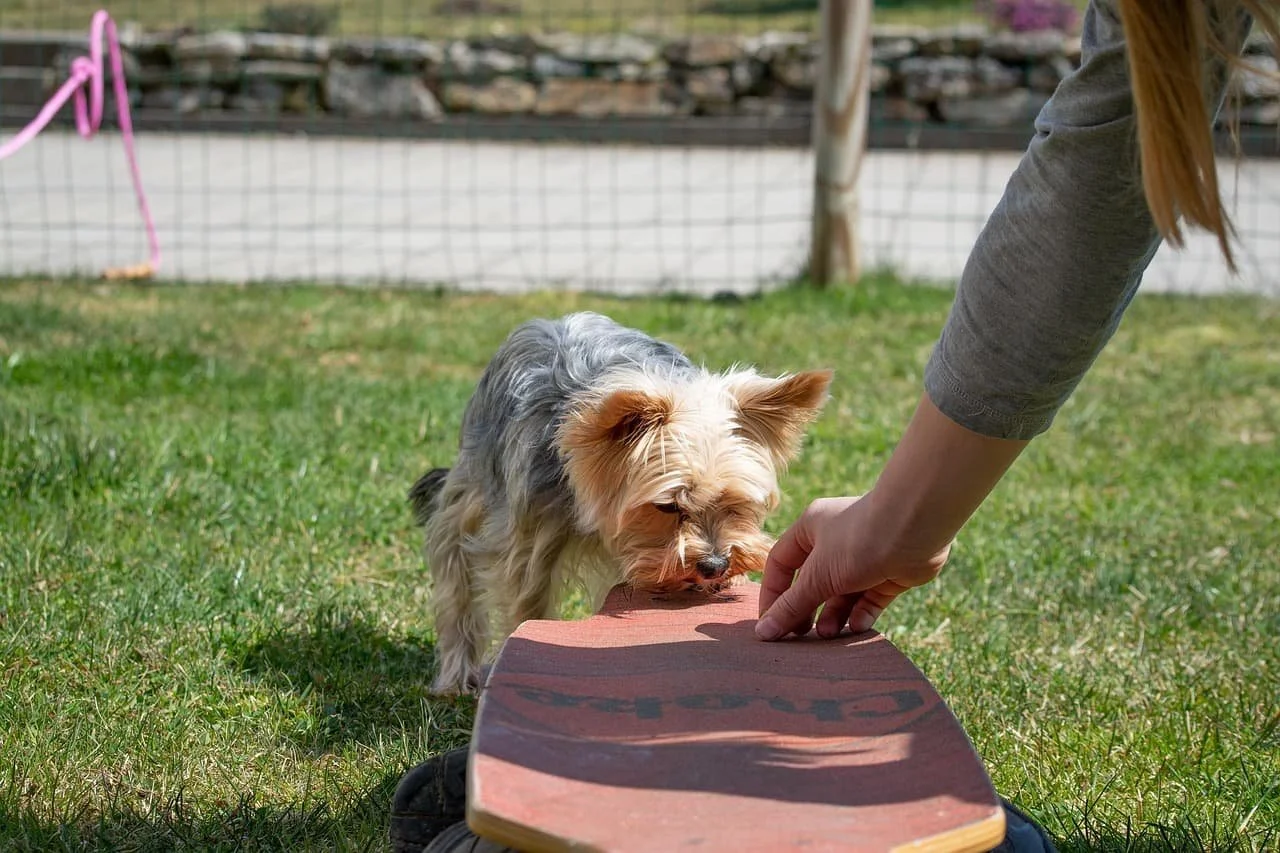Best Dog Training Books: Top Recommendations for Owners
Selecting the right dog training book can greatly complement professional instruction and support a balanced training program. K9 Academy Training emphasizes a science-based, balanced approach, using clear rewards and appropriate corrections, to produce “happy, balanced, well-behaved” dogs.
Their certified trainers teach owners to read a dog’s body language and motivations, and to communicate cues so reliably that dogs learn to respond in any situation. The books recommended below each offer structured methods for obedience, behavior modification, puppy development, or advanced skills, echoing the clear communication and consistency taught at K9 Academy.
Together, these authoritative resources reinforce the systematic training routines used in K9 Academy’s group classes, puppy program, private sessions, and board-and-train packages.
Top Dog Training Books for Obedience Training
Balanced Training: Obedience for Dogs and Their Owners – Barry Gay
This obedience handbook (2017) provides a complete, step-by-step curriculum for teaching basic cues (sit, stay, recall, etc.) up through competitive obedience. The author, a longtime champion in Schutzhund and canine sports, emphasizes techniques that yield “happy, fast, accurate, high scoring obedience dogs…and their proud owners.”
This structured, comprehensive guide aligns with K9 Academy’s focus on systematic training and clear command-following in obedience classes.
Don’t Shoot the Dog: The New Art of Teaching and Training – Karen Pryor
Widely regarded as a classic text, this book on animal training lays the foundation for reward-based methods. Karen Pryor’s insights on positive reinforcement have influenced countless trainers. The book teaches how to shape any animal’s behavior using rewards, helping build reliable behaviors in dogs through consistent, structured reward strategies.
The Culture Clash: A Revolutionary New Way to Understand the Relationship Between People and Dogs – Jean Donaldson
This influential book explores how a dog’s natural instincts can conflict with human expectations. Author Jean Donaldson, a respected behaviorist, provides a “full of great information about dog behavior and training,” blending engaging stories with practical advice.
It emphasizes clear, consistent commands and understanding the dog’s perspective, lessons that help trainers design structured obedience lessons dogs can easily learn, reinforcing K9 Academy’s emphasis on clear communication.
The Other End of the Leash: Why We Do What We Do Around Dogs – Patricia McConnell
Rather than a step-by-step training manual, this 2002 book explains the nuances of human-dog communication. Patricia McConnell, a Ph.D. ethologist, shows how human behaviors (like posture, tone, and motion) can confuse dogs and how simple adjustments can improve understanding. By deepening a trainer’s insight into canine body language, this book supports structured training: when handlers know how dogs perceive cues, they can teach commands more effectively.
This insight complements K9 Academy’s practice of teaching owners to “engage with their dog” through clear, comprehensible signals.
Clicker Training: Precision and Fun in Dog Training
Click for Joy! – Melissa Alexander
This book introduces clicker training in a lively Q&A format. Alexander explains how to use a clicker to shape behaviors while making training fun and engaging for dog and handler alike. For trainers using a balanced approach, the clicker is a powerful positive tool: it precisely marks desired behaviors.
This book offers practical, structured exercises (e.g., for attention, position, or tricks) that can easily be integrated into obedience classes. By building a dog’s skills through consistent reinforcement games, this book’s techniques parallel the reward-based portions of K9 Academy’s programs.
The Power of Positive Dog Training – Pat Miller
This guide is an easy-to-read primer on positive reinforcement methods. Miller covers both basic and advanced skills, emphasizing how to read a dog’s body language and emotional state. In simple steps, she explains how to teach foundational commands and progress to higher levels of obedience.
The author states that this book “will also take you from basic to advanced training and teach you how to read your dog’s body language.” Because it moves at a manageable pace, The Power of Positive Dog Training is highly recommended for handlers beginning their training journey.
Its structured lessons and clear explanations complement K9 Academy’s step-by-step obedience classes, reinforcing the same positive reinforcement principles that the academy employs.
Puppy Training: Building a Strong Foundation
Before and After Getting Your Puppy – Ian Dunbar
Dr. Dunbar (vet, behaviorist, and founder of the APDT) created this classic book to guide new puppy owners through critical early stages. It provides a structured plan built around six “developmental deadlines,” including selecting the right puppy, housebreaking, socialization, bite inhibition, and preventing adolescent problems.
For example, Dunbar emphasizes errorless housetraining and chew-toy training before raising adoption. This organized timeline ensures owners cover all key foundations when puppies are most receptive. K9 Academy’s Puppy Program similarly focuses on systematic early training.
The Puppy Primer, 2nd Edition – Brenda Scidmore & Patricia B. McConnell
This book offers a fun, six-week program to “get you and your puppy off on the right paw.” Written by experts in a friendly, humorous tone, it is designed for puppies under five months old. The Primer teaches how to create the confident foundation every puppy needs, it covers introducing basic cues (Sit, Down, Come, Stay, Heel), simple steps for house and crate training, and games to make training enjoyable for both dog and owner.
Many breeders even hand out this book at puppy placement, and trainers value its clear, practical format. By following the Puppy Primer’s weekly lesson plan and games, owners can systematically instill good manners and social skills, a process that dovetails with K9 Academy’s own puppy curriculum.
Control Unleashed: The Puppy Program – Leslie McDevitt
Described as “preventive medicine for puppy raisers,” this book shows how to minimize common behavior problems by starting focus and impulse exercises early. McDevitt explains that “attention is its own skill set” and should be taught separately from other behaviors.
These techniques help puppies develop strong focus and body awareness, preparing them for any future training. K9 Academy’s trainers likewise emphasize attentive puppies, incorporating this puppy program can make those early K9 classes more effective, as pups already know to “give the trainer their attention,” which is crucial for progressing in structured obedience.
The Power of Positive Dog Training – Pat Miller
Aggression in Dogs: Practical Management, Prevention & Behavior Modification – Brenda Aloff
This comprehensive manual is a go-to reference for dealing with aggressive or fearful behaviors. Aloff, a pioneer in clicker training for behavior issues, covers a wide range of scenarios. The book starts with prevention and explains common mistakes owners make that can promote fear or aggression in a dog. It then provides detailed behavior-modification protocols using positive reinforcement to build trust and replace problem behaviors.
For a professional trainer, Aloff’s guide offers a systematic plan for rehabilitation, exactly the kind of structured approach K9 Academy applies when working with reactive or aggressive dogs in its rehabilitation programs.
Control Unleashed: Reactive to Relaxed – Leslie McDevitt
While McDevitt’s Control Unleashed: The Puppy Program targets puppies, her earlier Reactive to Relaxed (2010) focuses on adult dogs with fear or reactivity issues. It presents exercises (many game-based) to change a dog’s emotional response to triggers.
McDevitt emphasizes meeting the dog’s needs and using gradual exposure; her balanced approach of reward-based games and confidence-building helps even reactive dogs become calmer.
Because K9 Academy often rehabilitates dogs with severe reactivity, this book’s structured exercises can reinforce the safe, step-by-step desensitization and counter-conditioning techniques that K9 trainers employ.
Advanced Training: Taking Skills to the Next Level
Agility: Right from the Start – Eva Bertilsson & Emelie Johnson Vegh
Although this 2003 book is aimed at dog agility enthusiasts, it is valuable even for owners not pursuing the sport. It teaches handlers how to practice various signals, behaviors, and transition skills by framing them as “games” and exercises. For example, an agility training setup requires a dog to focus under increasing distractions and sequences.
These advanced exercises strengthen the dog’s responsiveness and the handler’s timing. For handlers working with K9 Academy on sharpening obedience or preparing for high-distraction scenarios, this book offers creative, structured drills to take training to the next level.
Excel-erated Learning for Dogs – Pam S. Reid
This concise book provides a quick introduction to the science of learning. It covers basic conditioning concepts and is praised for its brevity: “very short and easy to read… the basic knowledge is still accurate and will get you started.” Knowing why repetition and reinforcement work helps trainers design more effective, systematic lessons.
Conclusion
These dog training books collectively underscore the value of consistent, structured training, a cornerstone of K9 Academy’s balanced approach.
Each resource offers step-by-step guidance or foundational insight that parallels the academy’s curriculum, puppies are taught with progressive games and socialization, basic obedience is built through clear cues and reinforcement, and behavior issues are addressed through gradual modification protocols.
By integrating lessons from these respected authors with the hands-on programs at K9 Academy, handlers reinforce the same techniques and communication methods their dogs experience in class. In this way, professional instruction and quality training literature work hand-in-hand to help transform pets into the well-behaved, confident family dogs that K9 Academy strives to create.



